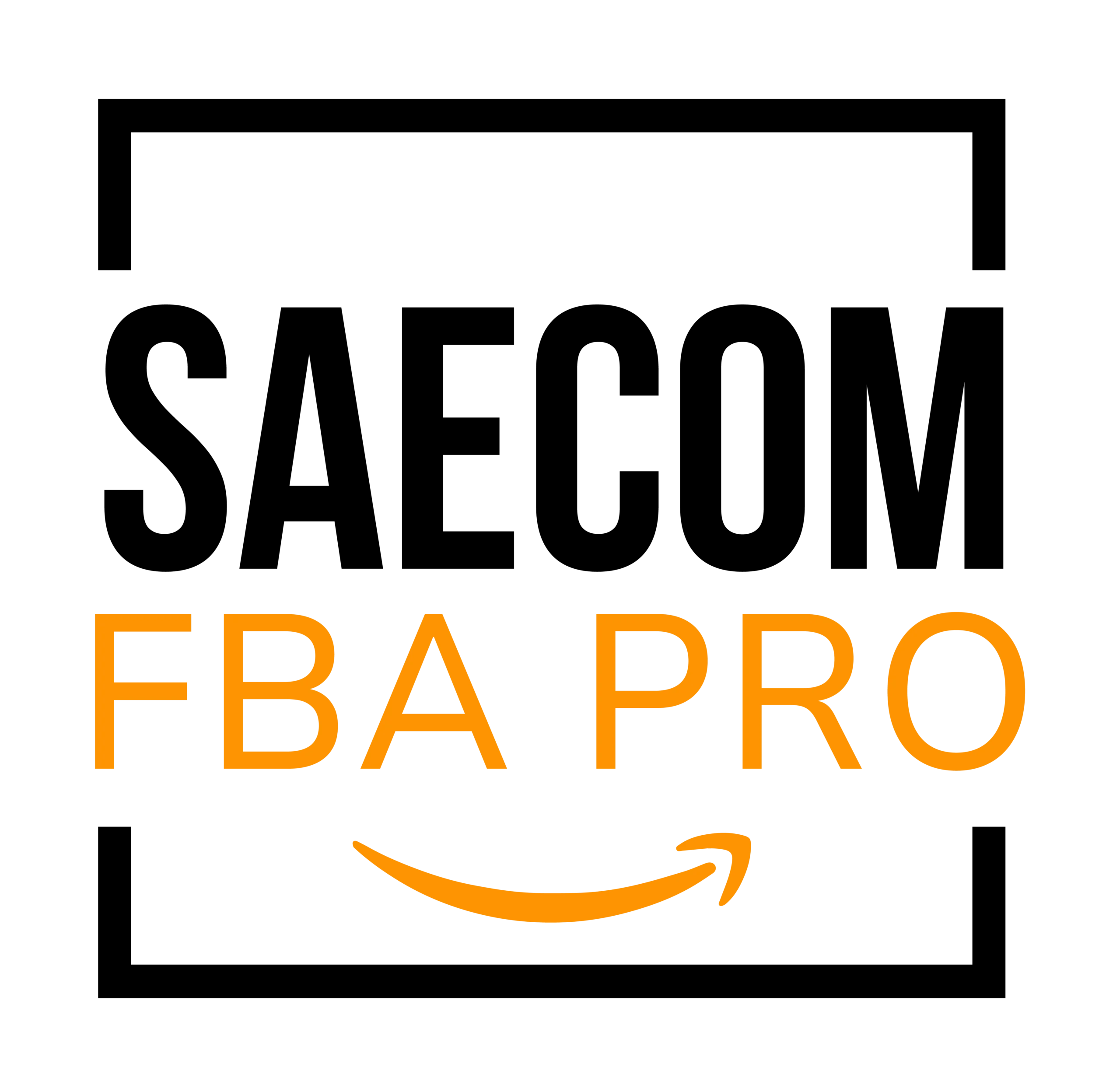Amazon’s Choice Badge: What It Means & How to Get It?
If you’ve ever browsed Amazon, you’ve probably noticed several different badges on product listings, like Sponsored or Best Seller. One of these labels is the Amazon’s Choice badge, which is frequently seen but not always fully understood. In this article, we’ll break down what this badge means, how it works, and what steps sellers can take to earn it for their own products.
What Does Amazon’s Choice Mean?

So, what exactly is Amazon’s Choice? This badge is awarded to select products on Amazon that stand out for specific search keywords. You’ll typically find the badge in the top left corner of a product’s image in search results or just below the product title on its listing page.
A product with the Amazon’s Choice badge is considered the most suitable match for a particular keyword search. In fact, it’s typically the item that accounts for the majority of purchases for that specific term. If no single product has a clear sales majority for a keyword, there won’t be an Amazon’s Choice badge shown for that term.
Introduced in 2015, Amazon’s Choice originally supported shoppers using the Amazon Echo Dot. Since customers using voice search had a harder time browsing for products compared to those on a computer or phone, Amazon created this badge to help surface the most relevant items quickly.
While it was initially intended for voice searches, the Amazon’s Choice program has expanded to cover regular searches on both mobile devices and desktops. However, certain product categories like Apparel, Jewelry, Watches, Shoes, Amazon Fresh, and Prime Pantry don’t participate in this program.
Amazon’s Choice vs. Best Seller

Many shoppers confuse Amazon’s Choice with the Best Seller badge, but they are not the same. There’s a clear difference between the two. The Amazon’s Choice badge is assigned to products that are highly relevant to a specific search keyword. In contrast, the Best Seller badge goes to the product with the highest sales in its category over a given period.
In other words, Amazon’s Choice is influenced by keyword performance and SEO, while Best Seller status depends purely on overall sales volume. You’ll see this distinction when searching for items like “trash can” — different products may hold the Amazon’s Choice and Best Seller badges simultaneously for the same or related searches.
The number of Best Seller products is limited by Amazon’s category structure, while theoretically, there’s no cap on Amazon’s Choice badges. Any keyword a customer uses can potentially have a Choice product associated with it. Plus, a single product can earn multiple Amazon’s Choice badges across different keywords, but only one Best Seller badge at a time within its category.
How to Earn an Amazon’s Choice Badge?
Now that you understand what Amazon’s Choice is and how it works, you’re probably curious about how to get this badge for your own listings. While Amazon doesn’t publicly share exact criteria for awarding the badge, one thing is clear: top-performing products from reputable sellers tend to earn it.
To improve your chances of securing an Amazon’s Choice badge, focus on becoming an outstanding seller. Below are some actionable ways to help your products qualify.
1. Optimize Your Product Listings
Start by refining your product listings around target keywords that could help your product earn the badge. This process begins with solid keyword research. Thankfully, tools like AMZScout’s Amazon Keyword Search Tool make this simple and efficient.
Steps:
- Log into your Helium 10 account and open the Keyword Search tool from the sidebar.
- Enter your main search terms in the field and click Find keywords.
- Review the list of related keywords and their monthly search volumes.
- Apply filters to narrow down results based on search volume or word count.
- Prioritize keywords with at least 1,000 monthly searches.
- Check the keyword’s history to make sure it isn’t just a seasonal trend.
When choosing keywords, don’t just look at search volume. Focus on the intent behind the term and how relevant it is to your product. Ultimately, you need keywords that drive not just traffic, but also conversions — that’s how you’ll improve your odds of becoming Amazon’s Choice for those terms.
2. Improve Your PPC Advertising Campaigns
Next, work on optimizing your Amazon PPC (Pay-Per-Click) campaigns. Why? Because when Amazon determines the top-performing product for a keyword, it doesn’t separate organic sales from PPC-driven ones. As long as a customer makes a purchase after searching for a term, it counts.
A well-executed PPC campaign that targets the right keywords can help boost your sales for those search terms, moving you closer to earning the Amazon’s Choice badge. Begin by performing keyword research (as outlined above), then consistently monitor and adjust your ad campaigns, bids, and keyword targeting based on performance metrics.
3. Use Amazon FBA for Fulfillment
Another effective strategy is to fulfill your orders through Amazon’s FBA (Fulfilled by Amazon) program. There are a few reasons for this. First, FBA ensures fast, reliable shipping, which is something today’s shoppers prioritize almost as much as product quality.
Second, using FBA makes your products eligible for Amazon Prime’s fast shipping options. Prime members tend to favor items with free, quick delivery, boosting your chances of making more sales. Higher sales — especially from Prime customers — increase your product’s visibility for specific keywords.
Additionally, FBA improves your odds of winning the Buy Box, the prominent purchase button area where sellers of the same item compete for sales credit. Winning the Buy Box also plays a role in overall product performance, which matters for Amazon’s Choice.
4. Grow Your Reviews and Ratings
Product reviews play a major role in customer purchasing decisions on Amazon. A listing with plenty of positive feedback is more likely to convert browsers into buyers, which leads to more sales and better product rankings.
To gather more reviews:
- Personalize follow-up emails: Instead of relying on Amazon’s default message, send customized thank-you emails politely asking for a review.
- Use Amazon’s “Request a Review” tool: Found in Seller Central, this tool allows you to send out review requests within 5-30 days of an order. While you can’t personalize this message, it’s a convenient way to prompt feedback.
- Improve your product: The simplest way to naturally gain good reviews is to offer a high-quality product. Study customer feedback — both your own and competitors’ — to identify areas for improvement. Tools like AI Review Analyzers can give you a quick breakdown of common issues and highlights from reviews.
Continually gathering reviews and working to improve your product will boost your sales volume and increase your chances of qualifying for Amazon’s Choice over time.
Conclusion
The Amazon’s Choice badge can significantly enhance your product’s visibility and sales potential on Amazon. By targeting the right keywords, optimizing your listings and PPC campaigns, using Amazon FBA, and actively growing positive customer reviews, you can increase your chances of earning this coveted badge. Follow the steps above and start positioning your products for Amazon’s Choice success.


